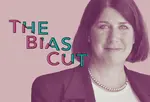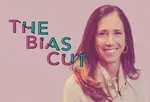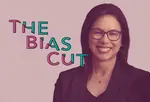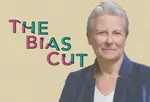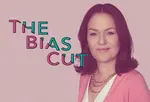The Bias Cut
A series profiling women leaders on career paths and gender bias
This Walmart executive runs on people power and consistent routines
In leading teams for Walmart, DoorDash, and CVS, Astha Purohit values a strong sense of ownership, shared purpose, and trust among collaborators.
This finance exec is a fan of nonlinear career paths
Former CFO Ellen Lederman talks career on- and off-ramps and the value of building on others’ experiences, as well as your own.
How assertive communication helped this M&A executive rise to the top
Clarisa Estol on taking responsibility for her own career resilience and championing a de-biased recruitment and hiring process.
Gensler exec: ‘Amplify your impact as you advance your career’
Gensler global co-chair Diane Hoskins talks “focused relaxation” and finding her voice during a worldwide crisis.
Why this tech consultant and executive coach embraces being a B student
“We’re socialized from the time we’re children to be excellent at everything all the time — and it’s exhausting.”
Women’s career advice: Remember that exhaustion is not a yardstick for productivity
EzCater’s co-founder and former CEO on organizing priorities, forgiving your imperfections, and proactively looking for growth opportunities.
Leadership advice: 'Women have to learn how to ask for more money'
Georgia Garinois-Melenikiotou talks about thinking of childcare as an investment, and turning failures into the first steps to success.
How this entrepreneur uses her peer allies to get around gender bias
Kerry Twibell on speaking up, getting outside, and not being afraid to ask for help.
This executive coach wants you to have a mission statement for your career
Leadership coach Jessica Galica explains the importance of fully committing to PTO and why no woman is immune to gender bias.
14 quotes for women’s leadership and growth in 2024
From self-advocacy to authenticity, 14 women leaders across a range of industries share lessons they’ve learned climbing the career ladder.


